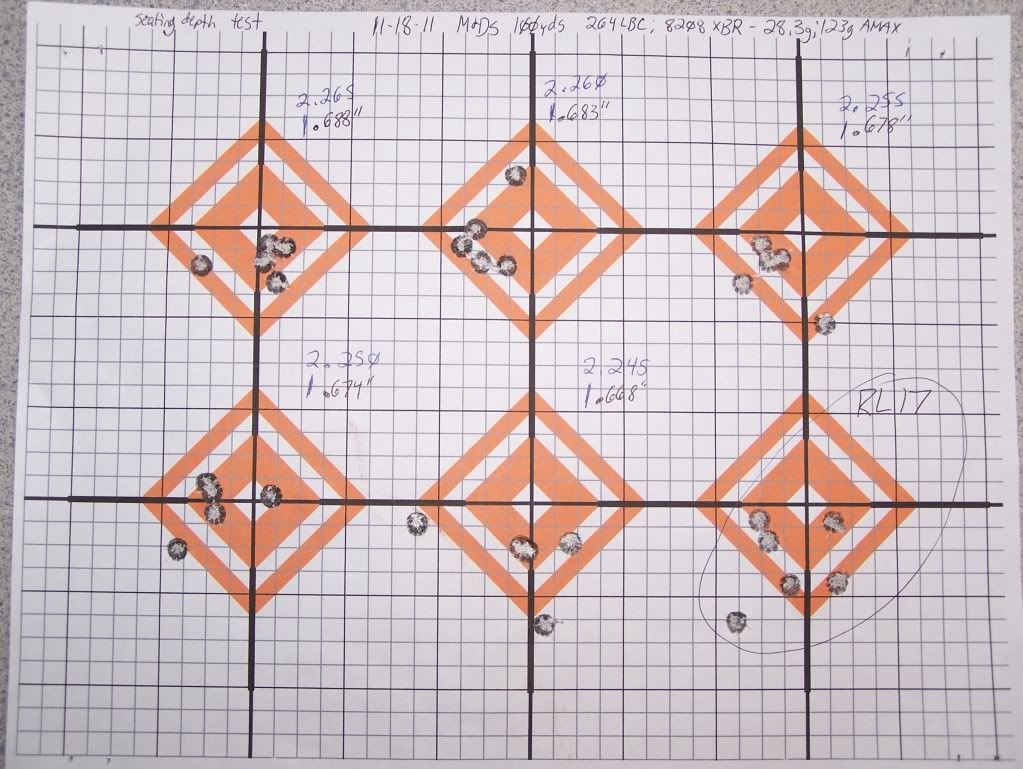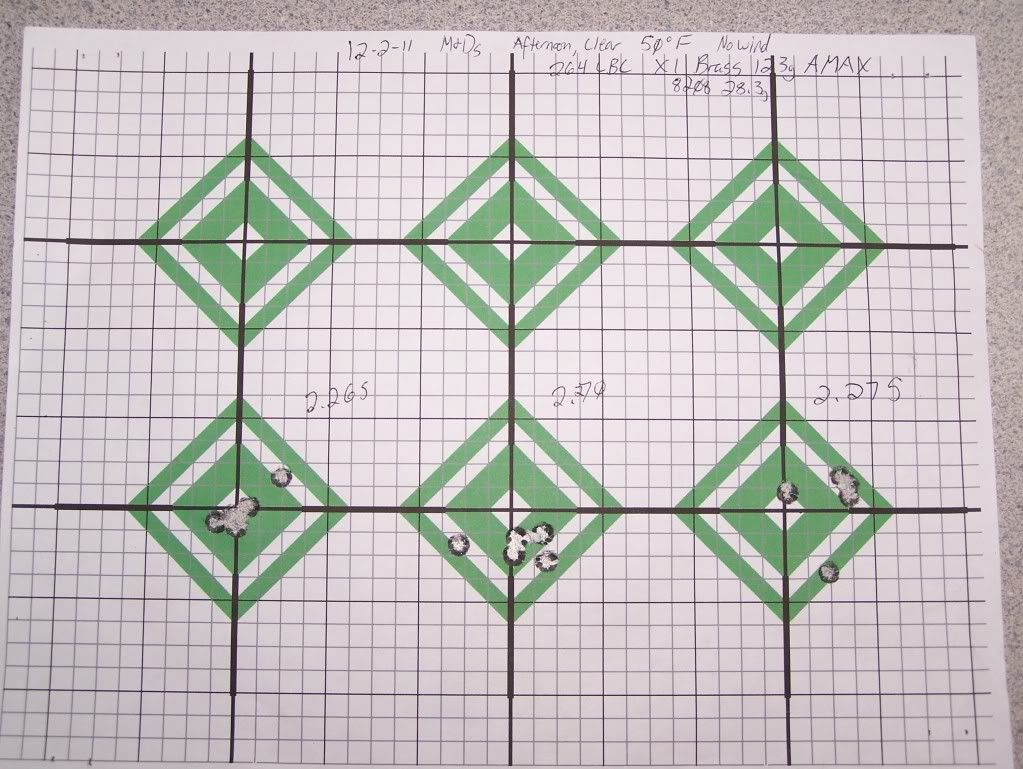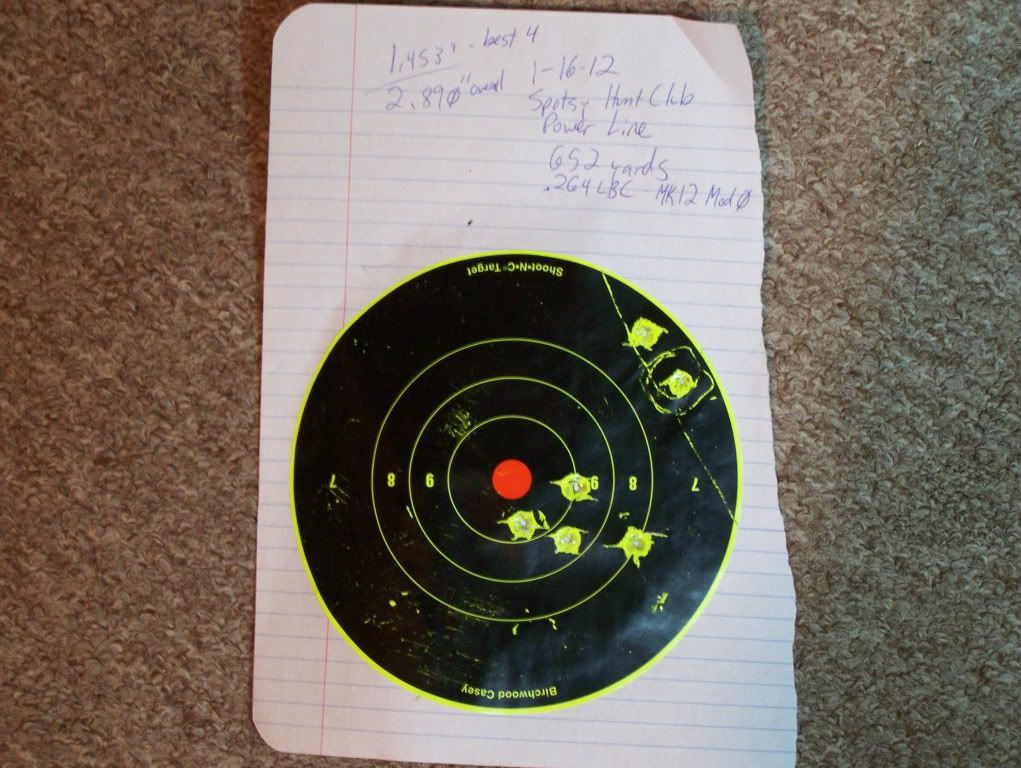Have we discussed this before? I just came across these concepts, and found them very interesting. Basic premise is that the longitudinal shock wave that resonates from chamber to muzzle, then back and forth, significantly affects accuracy if the bullet is leaving the muzzle at the time the wave is at the muzzle.
Seems to be a lot of data to support that this is the explanation for unexplained open groups with certain charge weights, while others fall into certain accuracy nodes.
Apparently, Quick Load has a function to deal with this, called Barrel Time, measured in microseconds. The links have tables with the accuracy node figures for different barrel lengths.
I've had this feeling about load development and barrel harmonics that has been nagging me, with the suspicion that there is some type of physics behind accuracy nodes, but I just couldn't put my finger on it. Apparently, these guys have proposed one theory, and testing by various participants has shown that there is reproducible merit to the Optimum Barrel Time hypothesis.
Pretty crazy stuff.
Seems to be a lot of data to support that this is the explanation for unexplained open groups with certain charge weights, while others fall into certain accuracy nodes.
Apparently, Quick Load has a function to deal with this, called Barrel Time, measured in microseconds. The links have tables with the accuracy node figures for different barrel lengths.
I've had this feeling about load development and barrel harmonics that has been nagging me, with the suspicion that there is some type of physics behind accuracy nodes, but I just couldn't put my finger on it. Apparently, these guys have proposed one theory, and testing by various participants has shown that there is reproducible merit to the Optimum Barrel Time hypothesis.
Pretty crazy stuff.









Comment